|
Your search criteria found 3151 images Feature Name |
| My List |
Addition Date |
Target
|
Mission | Instrument | Size |

|
2022-09-29 | Europa |
Juno |
JunoCam |
3037x730x1 |

|
|||||

|
2024-03-04 | Europa |
Juno |
3840x4883x3 | |

|
|||||

|
1996-01-29 | Ganymede |
Voyager |
VG ISS - Narrow Angle |
2000x2000x3 |
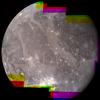
|
|||||

|
1997-09-07 | Ganymede |
Galileo |
Solid-State Imaging |
640x480x1 |
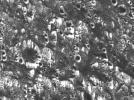
|
|||||

|
1997-09-07 | Ganymede |
Galileo |
Solid-State Imaging |
574x798x1 |

|
|||||

|
1997-09-07 | Ganymede |
Galileo |
Solid-State Imaging |
544x796x1 |

|
|||||

|
1998-06-04 | Ganymede |
Voyager |
VG ISS - Wide Angle |
1024x520x3 |
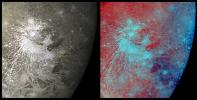
|
|||||

|
1996-07-17 | Ganymede |
Voyager |
VG ISS - Narrow Angle |
300x300x1 |
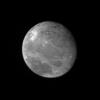
|
|||||

|
1996-07-17 | Ganymede |
Voyager |
VG ISS - Narrow Angle |
300x300x3 |
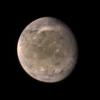
|
|||||

|
1999-03-15 | Ganymede |
Voyager |
VG ISS - Narrow Angle |
600x600x3 |
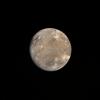
|
|||||

|
1999-02-06 | Ganymede |
Voyager |
VG ISS - Narrow Angle |
740x730x3 |
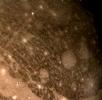
|
|||||

|
1999-02-06 | Ganymede |
Voyager |
VG ISS - Narrow Angle |
816x870x3 |

|
|||||

|
1997-01-09 | Ganymede |
Voyager |
VG ISS - Narrow Angle |
700x500x1 |
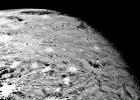
|
|||||

|
1997-09-07 | Ganymede |
Galileo |
Solid-State Imaging |
2470x2110x1 |
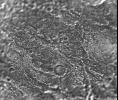
|
|||||

|
1997-11-18 | Ganymede |
Galileo |
Solid-State Imaging |
400x400x1 |
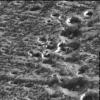
|
|||||

|
1997-11-18 | Ganymede |
Galileo |
Solid-State Imaging |
560x905x1 |

|
|||||

|
1997-11-18 | Ganymede |
Galileo |
Solid-State Imaging |
1920x1080x3 |
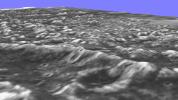
|
|||||

|
1997-11-18 | Ganymede |
Galileo |
Solid-State Imaging |
1920x1080x3 |
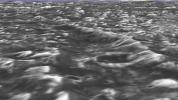
|
|||||

|
1997-09-07 | Ganymede |
Galileo |
Solid-State Imaging |
1200x800x1 |
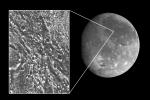
|
|||||

|
1998-08-03 | Ganymede |
Galileo |
Solid-State Imaging |
800x800x3 |
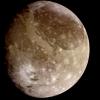
|
|||||

|
1998-03-26 | Ganymede |
Galileo |
Near Infrared Mapping Spectrometer |
1588x762x3 |
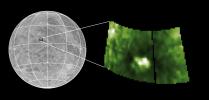
|
|||||

|
1998-03-26 | Ganymede |
Galileo |
Near Infrared Mapping Spectrometer |
445x525x1 |

|
|||||

|
1997-11-18 | Ganymede |
Galileo |
Solid-State Imaging |
321x260x1 |
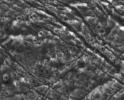
|
|||||

|
1997-11-18 | Ganymede |
Galileo |
Solid-State Imaging |
519x520x1 |
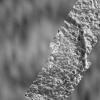
|
|||||

|
1997-11-18 | Ganymede |
Galileo |
Solid-State Imaging |
411x431x1 |

|
|||||

|
1997-11-18 | Ganymede |
Galileo |
Solid-State Imaging |
245x203x1 |
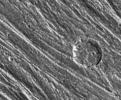
|
|||||

|
1997-11-18 | Ganymede |
Galileo |
Solid-State Imaging |
430x370x1 |
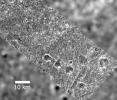
|
|||||

|
1997-11-18 | Ganymede |
Galileo |
Solid-State Imaging |
382x341x1 |
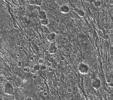
|
|||||

|
1997-11-20 | Ganymede |
Galileo |
Solid-State Imaging |
648x471x1 |
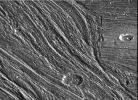
|
|||||

|
1997-11-24 | Ganymede |
Galileo |
Solid-State Imaging |
648x460x1 |
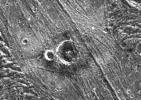
|
|||||

|
1997-11-26 | Ganymede |
Galileo |
Solid-State Imaging |
620x540x1 |
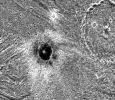
|
|||||

|
1999-03-13 | Ganymede |
Voyager |
VG ISS - Narrow Angle |
830x650x3 |
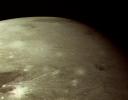
|
|||||

|
1999-03-13 | Ganymede |
Voyager |
VG ISS - Narrow Angle |
875x905x3 |

|
|||||

|
1999-03-13 | Ganymede |
Voyager |
VG ISS - Narrow Angle |
860x901x3 |

|
|||||

|
1999-03-13 | Ganymede |
Voyager |
VG ISS - Narrow Angle |
780x910x3 |

|
|||||

|
1998-07-15 | Ganymede |
Galileo |
Solid-State Imaging |
790x1413x1 |

|
|||||

|
1998-07-15 | Ganymede |
Galileo |
Solid-State Imaging |
392x398x1 |

|
|||||

|
1998-07-15 | Ganymede |
Galileo |
Solid-State Imaging |
813x753x1 |
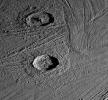
|
|||||

|
1998-07-15 | Ganymede |
Galileo |
Solid-State Imaging |
392x398x1 |

|
|||||

|
1998-07-15 | Ganymede |
Galileo |
Solid-State Imaging |
692x480x3 |
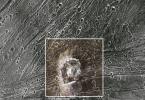
|
|||||

|
1998-07-15 | Ganymede |
Galileo |
Solid-State Imaging |
615x519x1 |
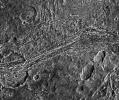
|
|||||

|
1998-07-15 | Ganymede |
Galileo |
Solid-State Imaging |
506x360x1 |
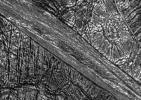
|
|||||

|
1998-07-15 | Ganymede |
Galileo |
Solid-State Imaging |
797x798x1 |
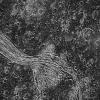
|
|||||

|
1998-07-15 | Ganymede |
Galileo |
Solid-State Imaging |
706x551x1 |
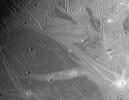
|
|||||

|
1999-10-07 | Ganymede |
Galileo |
Solid-State Imaging |
590x900x1 |

|
|||||

|
1999-10-07 | Ganymede |
Galileo |
Solid-State Imaging |
1078x900x1 |
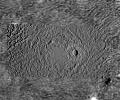
|
|||||

|
1999-10-07 | Ganymede |
Galileo |
Solid-State Imaging |
610x900x1 |

|
|||||

|
1999-06-16 | Ganymede |
Voyager |
VG ISS - Narrow Angle |
800x800x3 |
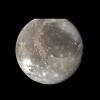
|
|||||

|
1999-07-23 | Ganymede |
Voyager |
VG ISS - Narrow Angle |
100x100x3 |
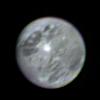
|
|||||

|
2000-01-04 | Ganymede |
Voyager |
VG ISS - Narrow Angle |
795x795x1 |
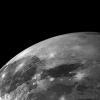
|
|||||

|
2000-03-23 | Ganymede |
Voyager |
VG ISS - Narrow Angle |
794x794x1 |
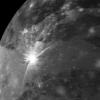
|
|||||

|
2000-05-25 | Ganymede |
Voyager |
VG ISS - Narrow Angle |
796x796x1 |
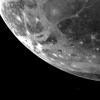
|
|||||

|
2000-05-25 | Ganymede |
Voyager |
VG ISS - Narrow Angle |
796x796x1 |
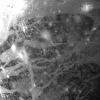
|
|||||

|
2000-05-25 | Ganymede |
Voyager |
VG ISS - Narrow Angle |
1594x797x1 |
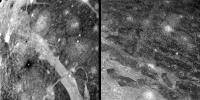
|
|||||

|
2000-05-25 | Ganymede |
Voyager |
VG ISS - Narrow Angle |
786x1722x1 |
|
|
|||||

|
2000-05-25 | Ganymede |
Voyager |
VG ISS - Narrow Angle |
796x799x1 |
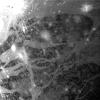
|
|||||

|
2000-12-16 | Ganymede |
Galileo |
Solid-State Imaging |
2000x2300x1 |

|
|||||

|
2000-12-16 | Ganymede |
Galileo |
Solid-State Imaging |
1000x751x1 |
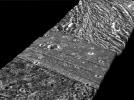
|
|||||

|
2000-12-16 | Ganymede |
Galileo |
Solid-State Imaging |
1764x809x1 |
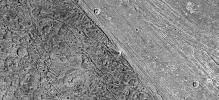
|
|||||

|
2000-12-16 | Ganymede |
Galileo |
Solid-State Imaging |
3777x2760x1 |
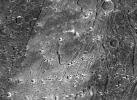
|
|||||

|
2001-03-13 | Ganymede |
Galileo |
Solid-State Imaging |
1078x636x3 |
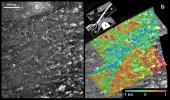
|
|||||

|
2007-04-02 | Ganymede |
New Horizons |
LORRI |
380x380x1 |
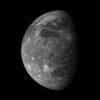
|
|||||

|
1996-01-29 | Gaspra |
Galileo |
Solid-State Imaging |
1200x1050x1 |
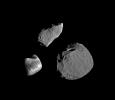
|
|||||

|
2010-09-08 | Hartley 2 |
Deep Impact |
Medium Resolution Instrument (MRI) |
512x512x1 |
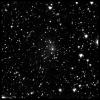
|
|||||

|
2010-11-04 | Hartley 2 |
EPOXI |
High Resolution Instrument (HRI) Medium Resolution Instrument (MRI) |
1274x535x1 |
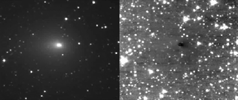
|
|||||

|
2009-08-10 | HD 172555 |
Spitzer Space Telescope |
3000x2400x3 | |
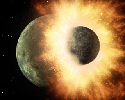
|
|||||

|
2006-09-15 | Helene |
Cassini-Huygens |
ISS - Narrow Angle |
646x204x1 |

|
|||||

|
2016-05-06 | Hydra |
New Horizons |
MVIC |
2400x985x3 |
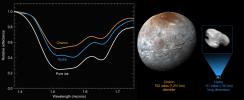
|
|||||

|
2005-07-11 | Hyperion |
Cassini-Huygens |
ISS - Narrow Angle |
800x800x1 |
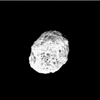
|
|||||

|
2005-09-29 | Hyperion |
Cassini-Huygens |
ISS - Narrow Angle |
5569x2210x3 |
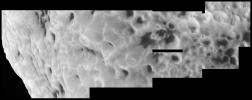
|
|||||

|
2005-12-06 | Hyperion |
Cassini-Huygens |
Imaging Science Subsystem |
647x648x1 |
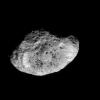
|
|||||

|
2005-12-06 | Hyperion |
Cassini-Huygens |
Imaging Science Subsystem |
1016x1010x3 |
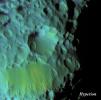
|
|||||

|
2005-12-06 | Hyperion |
Cassini-Huygens |
ISS - Narrow Angle |
1800x2115x1 |

|
|||||

|
2006-02-03 | Hyperion |
Cassini-Huygens |
ISS - Narrow Angle |
600x600x3 |
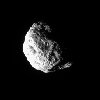
|
|||||

|
2006-02-03 | Hyperion |
Cassini-Huygens |
ISS - Narrow Angle |
610x610x1 |
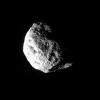
|
|||||

|
2006-08-04 | Hyperion |
Cassini-Huygens |
ISS - Narrow Angle |
317x305x3 |
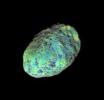
|
|||||

|
2007-03-26 | Hyperion |
Cassini-Huygens |
ISS - Narrow Angle |
384x403x1 |

|
|||||

|
2007-05-15 | Hyperion |
Cassini-Huygens |
ISS - Narrow Angle |
240x222x1 |
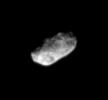
|
|||||

|
2007-09-14 | Hyperion |
Cassini-Huygens |
ISS - Narrow Angle |
371x360x1 |
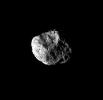
|
|||||

|
2007-12-11 | Hyperion |
Cassini-Huygens |
ISS - Narrow Angle |
399x443x1 |

|
|||||

|
1998-06-04 | Iapetus |
Voyager |
VG ISS - Narrow Angle |
325x350x3 |

|
|||||

|
2000-05-24 | Iapetus |
Voyager |
VG ISS - Narrow Angle |
190x242x1 |

|
|||||

|
2004-12-08 | Iapetus |
Cassini-Huygens |
ISS - Narrow Angle |
1440x1000x3 |
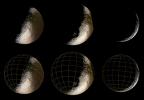
|
|||||

|
2005-01-07 | Iapetus |
Cassini-Huygens |
ISS - Narrow Angle |
1380x1378x1 |
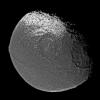
|
|||||

|
2005-01-07 | Iapetus |
Cassini-Huygens |
ISS - Narrow Angle |
2000x1700x3 |
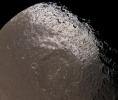
|
|||||

|
2005-01-07 | Iapetus |
Cassini-Huygens |
ISS - Narrow Angle |
1020x1020x1 |
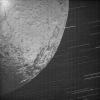
|
|||||

|
2005-01-07 | Iapetus |
Cassini-Huygens |
ISS - Narrow Angle |
1000x750x1 |
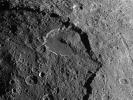
|
|||||

|
2005-01-10 | Iapetus |
Cassini-Huygens |
Visual and Infrared Mapping Spectrometer |
504x576x3 |

|
|||||

|
2005-01-10 | Iapetus |
Cassini-Huygens |
Composite Infrared Spectrometer |
791x591x3 |
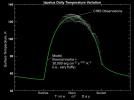
|
|||||

|
2005-05-11 | Iapetus |
Cassini-Huygens |
ISS - Narrow Angle |
471x436x1 |
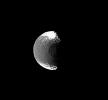
|
|||||

|
2005-12-06 | Iapetus |
Cassini-Huygens |
ISS - Narrow Angle |
618x605x3 |
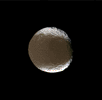
|
|||||

|
2006-05-12 | Iapetus |
Cassini-Huygens |
ISS - Narrow Angle |
288x311x1 |

|
|||||

|
2006-08-02 | Iapetus |
Cassini-Huygens |
ISS - Narrow Angle |
320x318x1 |
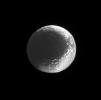
|
|||||

|
2006-09-25 | Iapetus |
Cassini-Huygens |
ISS - Narrow Angle |
207x219x1 |

|
|||||

|
2007-09-13 | Iapetus |
Cassini-Huygens |
ISS - Narrow Angle |
1020x1020x1 |
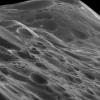
|
|||||

|
2007-10-09 | Iapetus |
Cassini-Huygens |
ISS - Narrow Angle |
2708x2744x1 |

|
|||||

|
2007-10-09 | Iapetus |
Cassini-Huygens |
ISS - Narrow Angle |
8269x2983x1 |
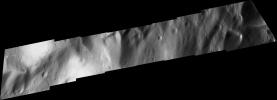
|
|||||

|
2007-10-09 | Iapetus |
Cassini-Huygens |
ISS - Narrow Angle |
1172x2833x1 |
|
|
|||||

|
2007-10-09 | Iapetus |
Cassini-Huygens |
ISS - Narrow Angle |
4100x4100x3 |
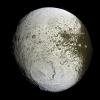
|
|||||

|
2007-10-15 | Iapetus |
Cassini-Huygens |
ISS - Wide Angle |
1024x1024x3 |
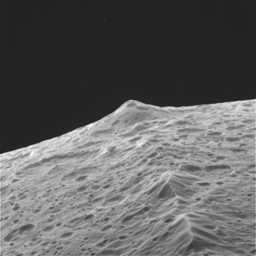
|
|||||

|
 |
 |
 |
 |
 |
 |
 |
 |
 |
 |

|
| 1-100 | 101-200 | 201-300 | 301-400 | 401-500 | 501-600 | 601-700 | 701-800 | 801-900 | 901-1000 |
| Currently displaying images: 501 - 600 of 3151 |